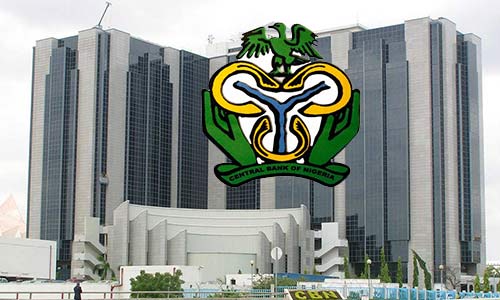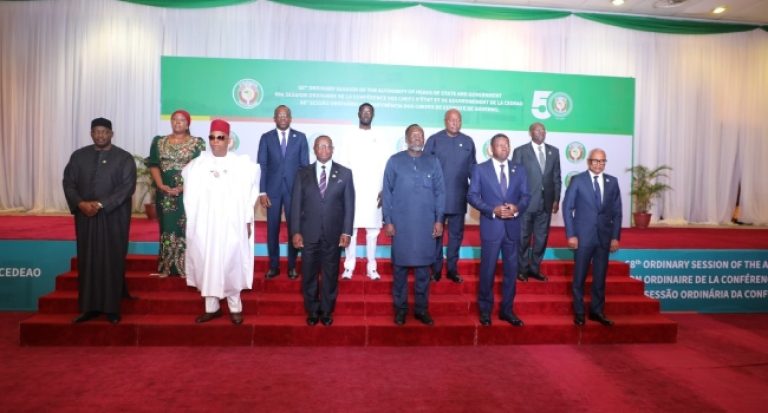
For the first time in three years, banks reduced consumer loans by 17 per cent (N400 billion), in one month, following a decline in money supply triggered by the inflation-fighting measures of the Central Bank of Nigeria, CBN.
Consumer loans are lendings by banks to one or more individuals for household, family, or other personal expenditures.
Consumer loans have been rising in Nigeria since September 2019 when the CBN introduced the minimum loan to deposit ratio (LDR) policy which stipulates that banks must give out 65 per cent of their total deposits as loans. As a result, consumer loans rose steadily by 93 per cent to N2.33 trillion in May 2022 from N1.21 trillion at the end of June 2019.
However, Financial Vanguard findings from CBN’s data indicate that at the third year anniversary of the product in June 2022, the volume dropped by 17 per cent, month-on-month, to N1.93 trillion from N2.33 trillion in May 2022.
Analysis of the data further showed that during the month, banks slashed personal loans to customers by 19 per cent, MoM to N1.45 trillion from N1.79 trillion in May. The banks also slashed retail loans by 13 per cent, MoM to N483 billion from N554.8 billion.
As a result of this development, Consumer loans recorded the first quarterly decline in the second quarter of 2022.
According to the data Consumer loans fell in Q2’22 by 15.2 per cent, quarter-on-quarter, QoQ, to N1.93 trillion from N2.28 trillion in the first quarter of the year, Q1’22.
Following the same trend, the share of consumer credit in total private sector credit shrank by 2.1 percentage points to 7.2 per cent, from 9.4 per cent in Q1’22.
The decline in consumer loans in June was triggered by the decision of the CBN’s Monetary Policy Committee, MPC, on May 24th 2022 to tighten money supply in a bid to curb the continued increase in the prices of goods and services which triggered a persistent rise in the inflation rate.
Hence, the MPC on May 24th raised the Monetary Policy Rate, MPR, which is the benchmark for interest rates in the country, by 150 basis points to 13 per cent from 11 per cent.
Since then the CBN has further raised the MPR by 250 basis points to 15.5 per cent while it also tightened money supply by raising the Cash Reserve Ratio, CRR of banks to 32.5 per cent from 27.5 per cent, following continued rise in the inflation rate which rose to 20.77 per cent in September.
Interest rates on the rise
Consequently, banks raised lending rates, and the average prime lending rate rose by 370 basis points to 12.23 per cent in September from 11.96 per cent in May.
Similarly, average maximum lending rate rose by 270 basis points to 28.06 per cent in September from 27.79 per cent in May.
Confirming this development, a top management staff of a Tier-1 bank pleading anonymity, told Financial Vanguard that the interest rate charged by his bank on consumer loans was increased from 18 per cent prior to the MPR hike, to 20 per cent after the hike.
He added the bank had wanted to increase interest rate further to 22 per cent but the decision was postponed till another time.
However, Financial Vanguard findings from the money market show that many banks have raised their lending rates to between 21 and 23 percent for prime lending, while other categories of lending are as high as 28 percent.
The rise in interest rate, according to another Tier-1 bank branch manager, has affected demand for consumer loans.
Speaking on condition of anonymity, she said some customers just refused to take new loans after concluding repayment of the old ones because they considered the interest rate prohibitive.
She added that another factor is that banks have either stopped approving consumer loans or have raised interest rates for customers in some sectors of the economy or some companies considered not as vibrant as before.
She said her bank, for example, has stopped approving loans to staff of a mobile telecommunications company because the company is considered to be struggling financially.
(Vanguard)








